The Difference Between Soft, Hard and Oil Pastels
Where to Start?
I have been using soft pastels (and some hard pastels) for nearly 15 years now. There are several reasons they are my medium of choice, with their pure colour and versatility being high up there. Personally, I do not use oil pastels but, depending on what you want to achieve, they are usually very distinctive.
There is no doubt that the number of pastels on the market today make it very hard to know where to start – colour, price, function – it can all be quite overwhelming.
So here is my very basic road map of which way to go when spending your money! First things first – what’s what?
Soft Pastels – these are composed of pigment, water and a smaller amount of chalk or artificial binder. The soft texture of these pastels can create smooth, smudgy lines and intense colour. Soft pastels cannot be mixed on a palette and for this reason many artists use an extensive range of colours.
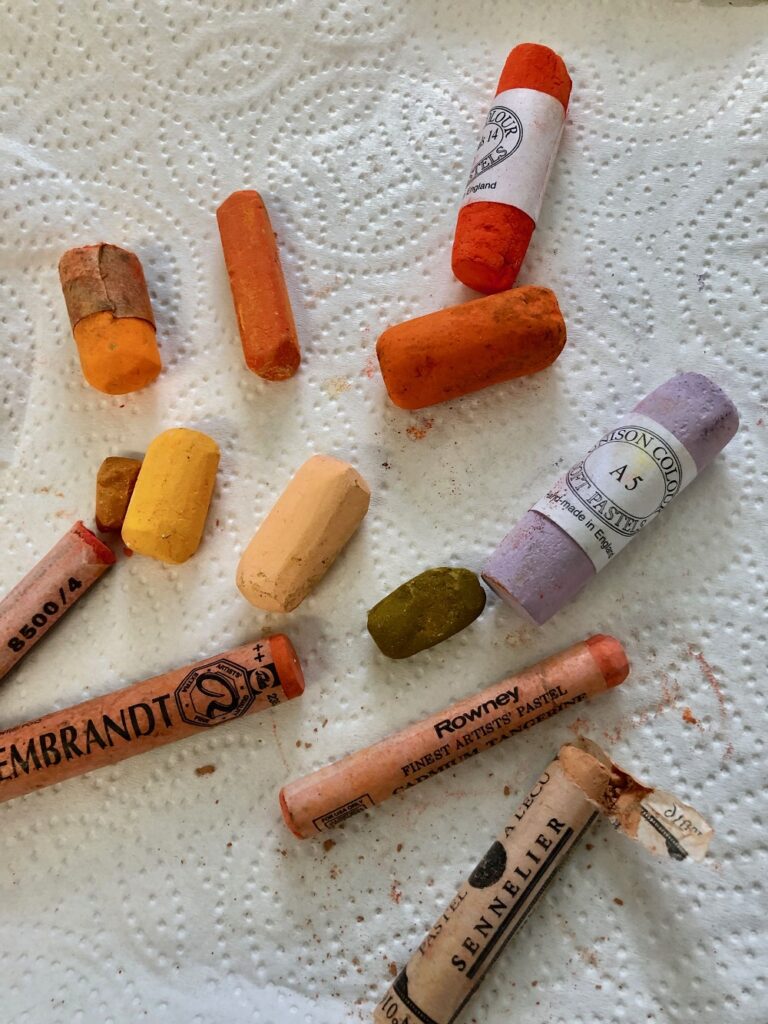
Most soft pastels come in sticks – long to short, fat to thin, round to square.
Hard Pastels – are drawing sticks made of pigment, water and chalk. Hard pastels create sharp, bright lines on light and dark papers. Some hard pastels can be sharpened, although they can’t hold a fine point like a pencil.
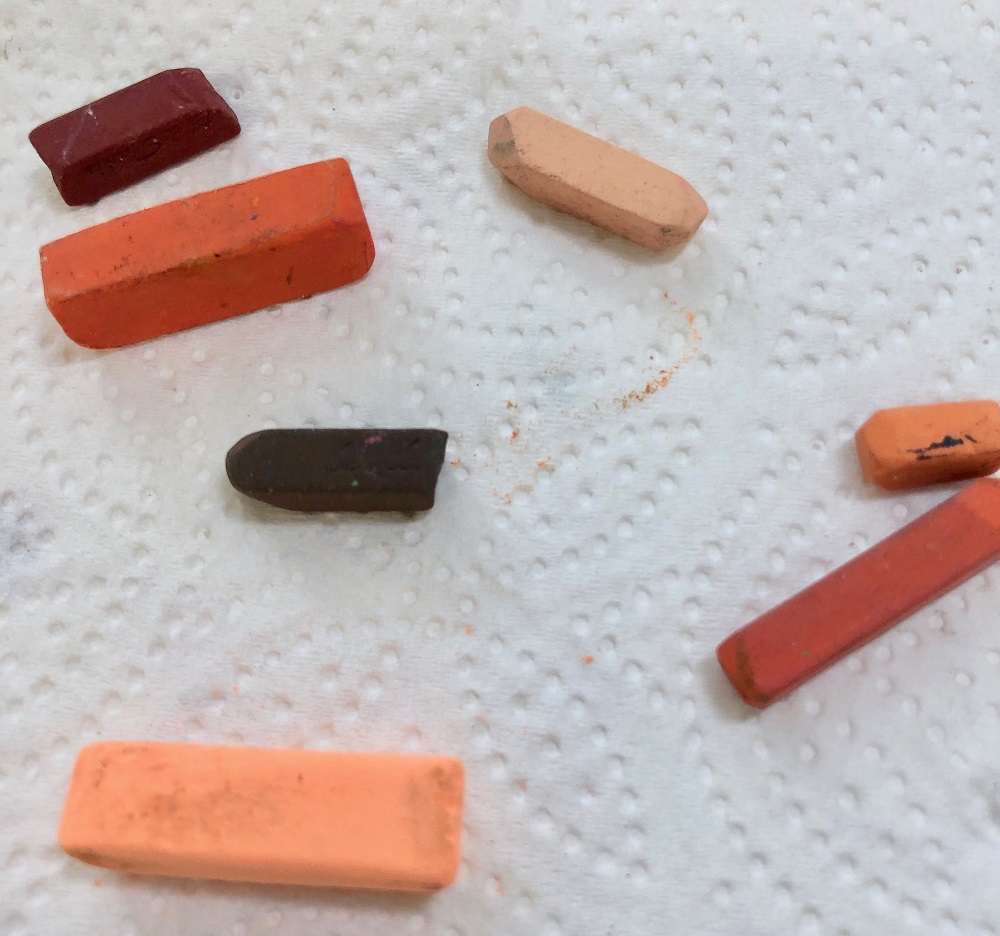
Pastel Pencils – you can sharpen a pastel pencil with a craft knife or sharpener. Pastel pencils are suitable for sharper, detailed drawings with a pastel look.
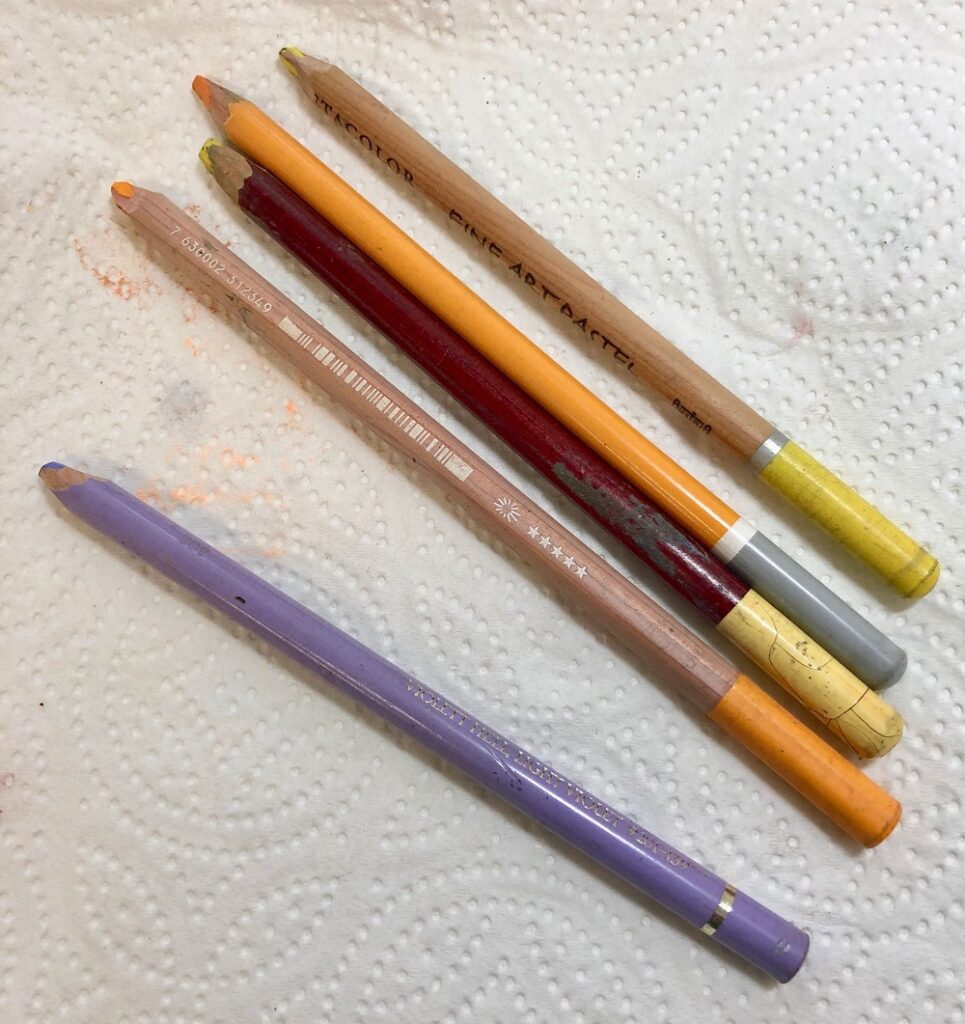
Oil Pastels – These pastels use wet binders, such as oils, to collect the pigment into a solid stick. Oil-based colours are generally more intense. Due to the wet nature of the medium, it is also possible to mix oil pastels.
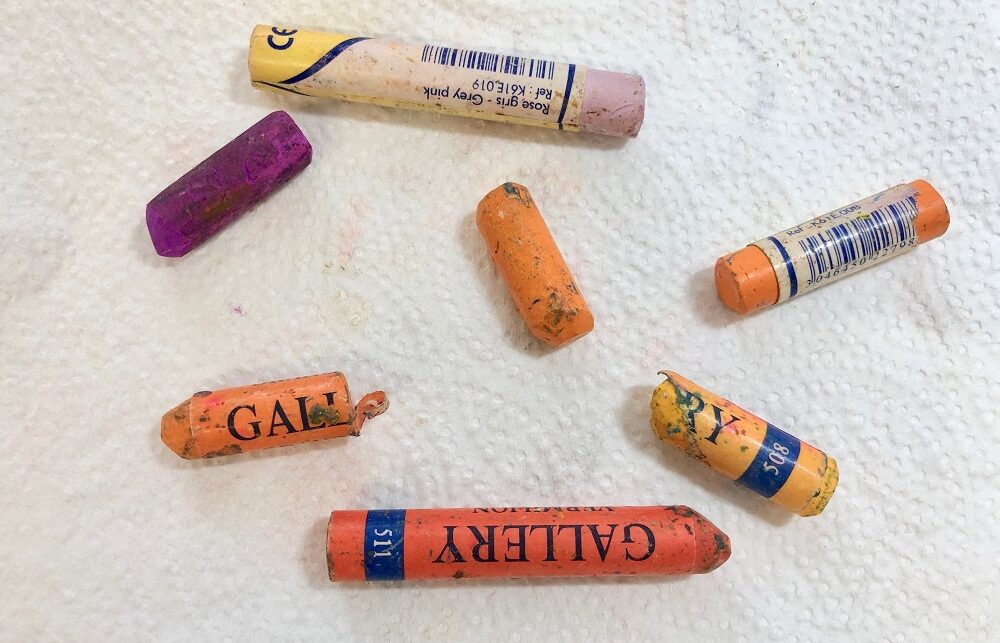
Why I use Soft Pastels:
Soft pastels contain more pigment and less binder compared to hard pastels and pastel pencils. This means the colours are more vibrant and intense and it’s this quality that draws so many artists to use them.
Because of their soft nature, it’s extremely easy to apply lots of colour quite quickly to the paper. Being so intense and opaque, the colours will cover dark surfaces without losing their vibrancy.
Soft pastels are also the easiest to blend, the easiest to layer colours on top of one another and will cover larger areas the most quickly.
Confusingly some soft pastels, for example Rembrandt, are a harder type of soft pastel. Unfortunately, the shape of the pastel gives no clue to it’s softness so the only way to really get to tell the difference is to try out a variety of makes.
As you can see from the variety of pastels available, the colour ranges for pastels are extensive. The main reason for this is that, unlike paint, you really don’t mix pastels to lighten, darken or change hue. You can do some optical mixing with layers (or blending). Very often picking the appropriate pastel stick from within the right colour range will achieve what you need.
Creating Different Effects with Soft Pastels:
It is often said that ‘you draw’ with pastels, you do not paint! I personally disagree with this. There are SO many ways a soft pastel stick can be used. Here is a very small range of marks to show you what I mean.
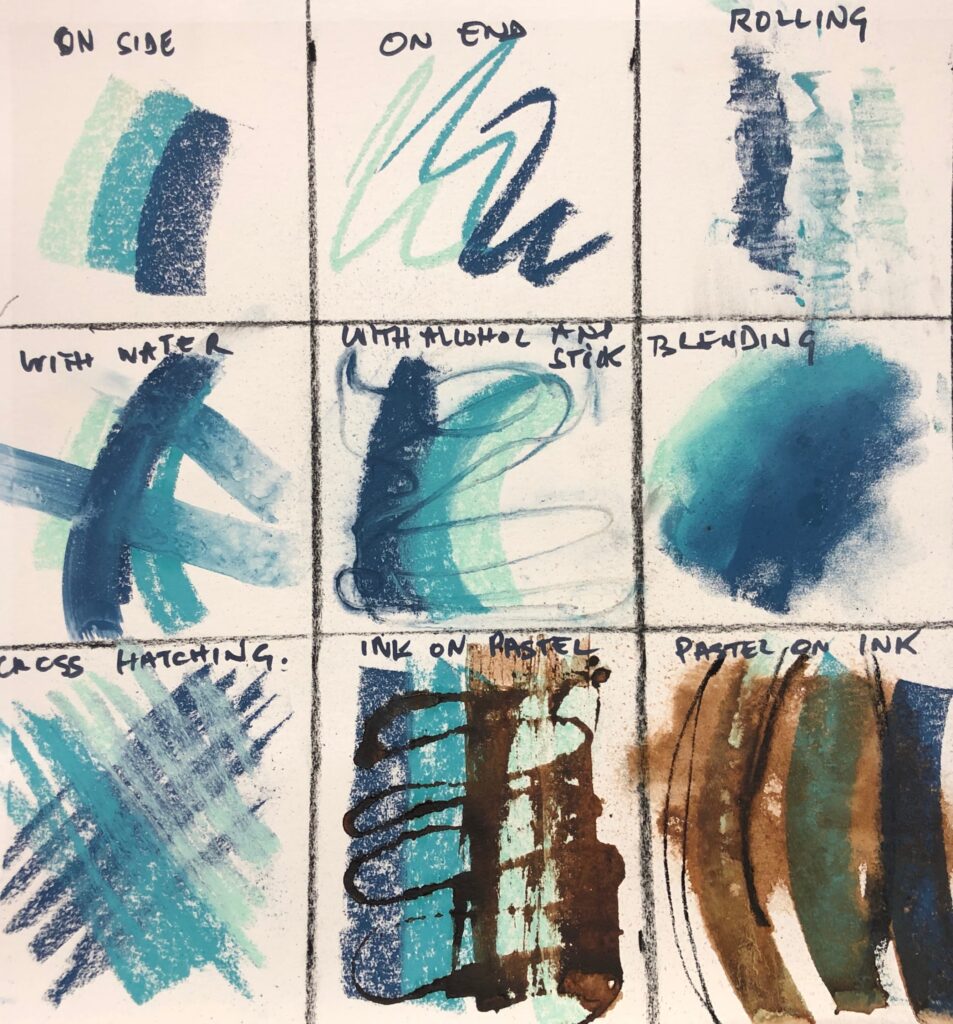
Water or pure alcohol can be used to ‘paint’ with the pastel, provided the pastel is soluble (some are not) and the substrate you are working on can take liquid without disintegrating.
So there is a lot to think about moving forwards with pastels.
What to Buy?
As I’ve said my personal weapons of choice are soft pastels with some hard pastels thrown in. Unison, Rembrandt and Sennelier have many pastel sets (including starter and half stick sets). With any of the makes it can be very helpful to get a colour chart to guide you along your way!
A very good starting point might be the Rembrandt soft pastel basic starter set or the Unison soft pastel half stick landscape set.
As a general rule, higher priced soft pastels tend to have more pure pigment and there are obvious benefits with that come with that.
Each make and type of pastel will feel slightly different. Different ranges of colour, more or less pigment, more or less soft, different shapes and so on. Pastel pencils are a similar story in terms of choices.
There are no easy answers in terms of choices to make when you are starting out. Sometimes going on a pastel workshop can give you the opportunity to handle and experiment with a range of makes and types.
My first soft pastels were a beginner box of Rembrandts and the landscape set of Unisons. These were suggested by the artist who was leading a painting holiday I went on. And 13 years on they are still my ‘go to’ makes.
One of the first things I do on getting new pastels is break them in half. This gives me more options in terms of varied mark making and also makes it easier to use the pastel on its side.
Another consideration is what paper, sandpaper or board to work on. My favourite is heavy duty watercolour paper with gesso. I hear good things about Clairefontaine Pastelmat, and Sennelier Pastel Card, as well as Ampersand Pastelbords and Colourfix Paper. So again, it’s useful to try out various surfaces to see what suits you best. You could paint the same painting on each of the different surfaces and find different challenges and different results.
An Example of Pastels at Work:
Below I demonstrate some of the ways of using hard and soft pastel in a painting, using a 3-stage process. I am working on watercolour paper with a light clear gesso underpainting, using the brands Unison, Rembrandt and Conte.
Stage 1: Inks and Soft Pastel
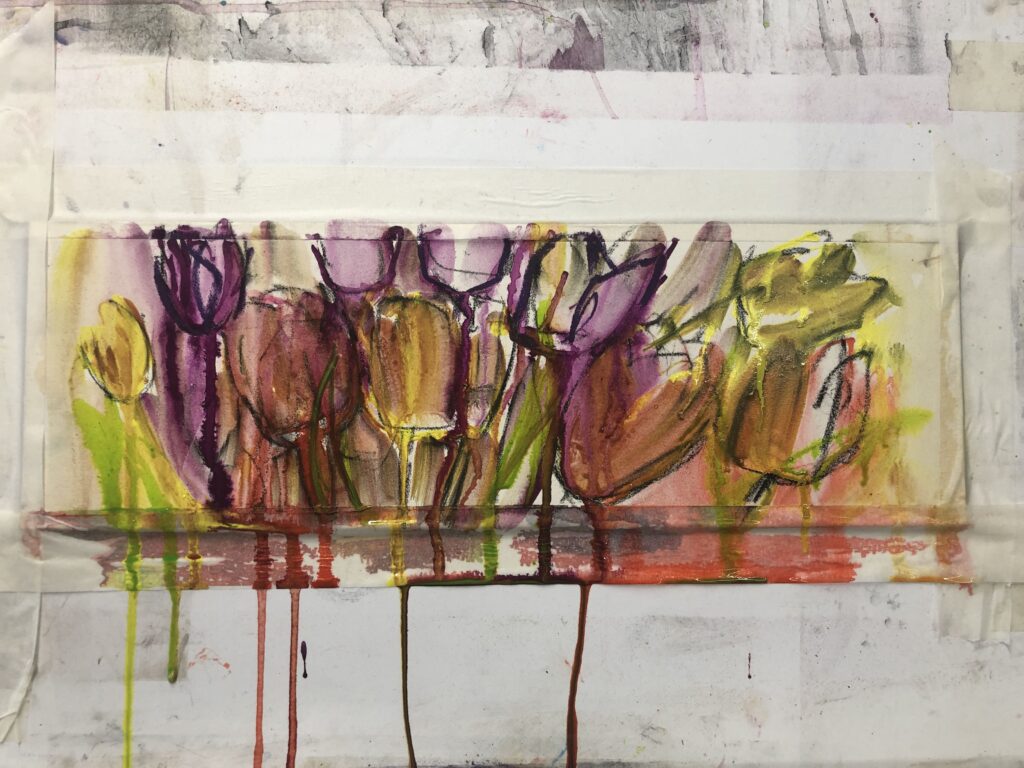
Stage 2: Hard Pastels for mark making lines etc. and Soft Pastel to block in
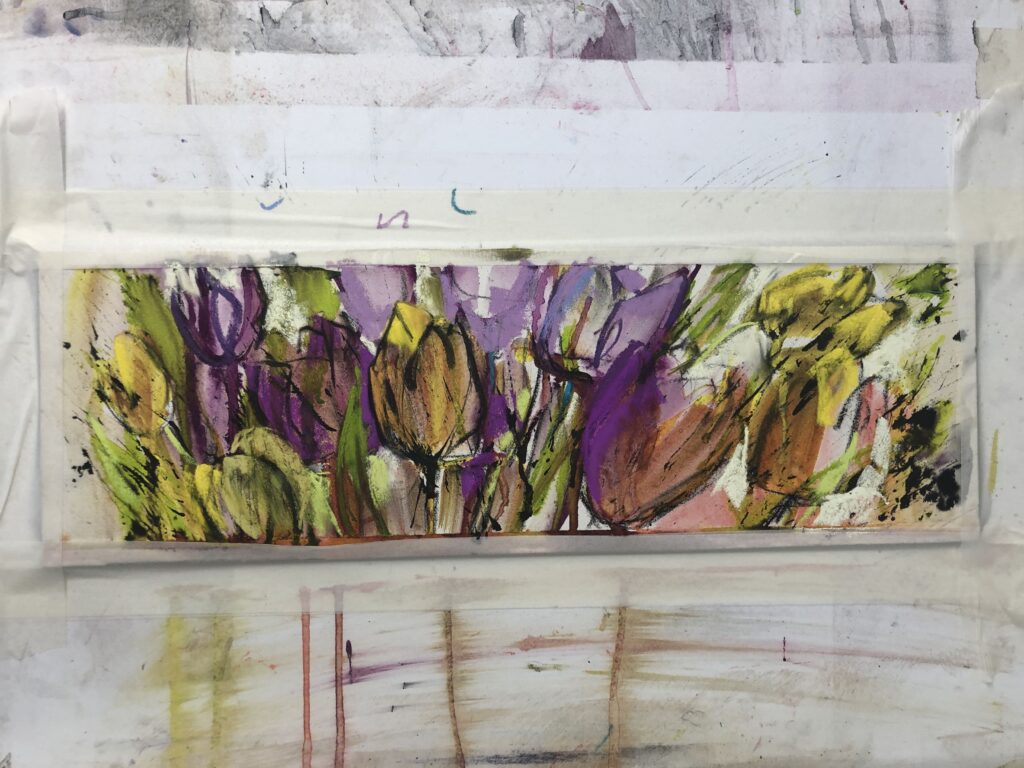
Stage 3: Final layer of entirely Soft Pastel used for lines, blocking in and a little blending.

So really there is only one thing to do. Play, mix, experiment. Try and get your hands on a variety of pastel surfaces and pastels themselves. Mix things about and see what works and what does not. Try moving the pigment about with water or pure alcohol or mix in with charcoal.
But most importantly, have fun!


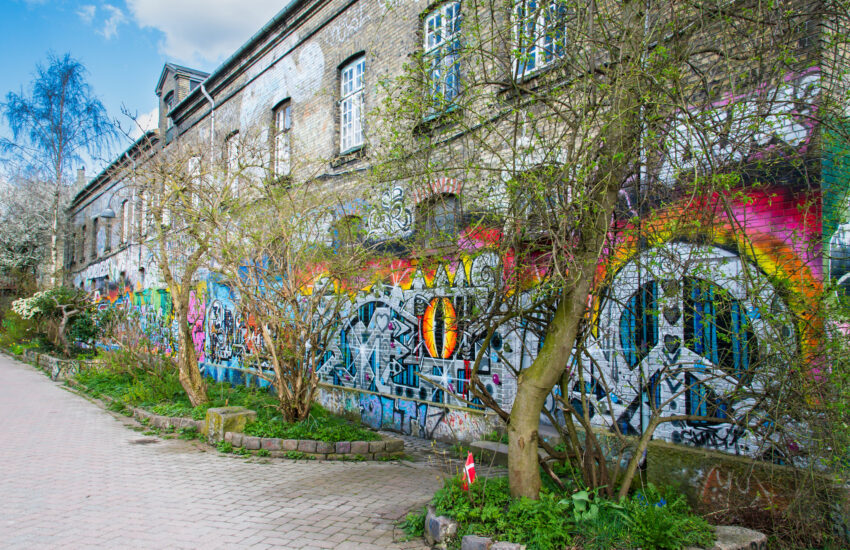
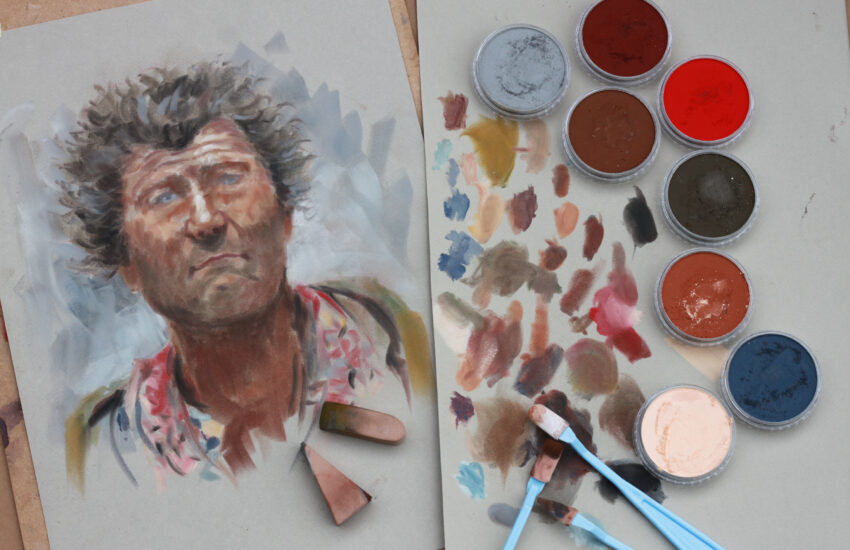
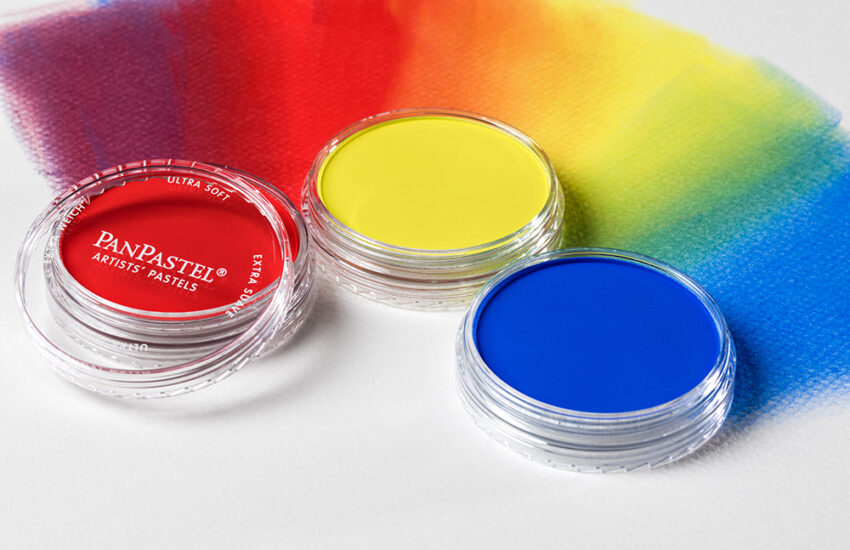
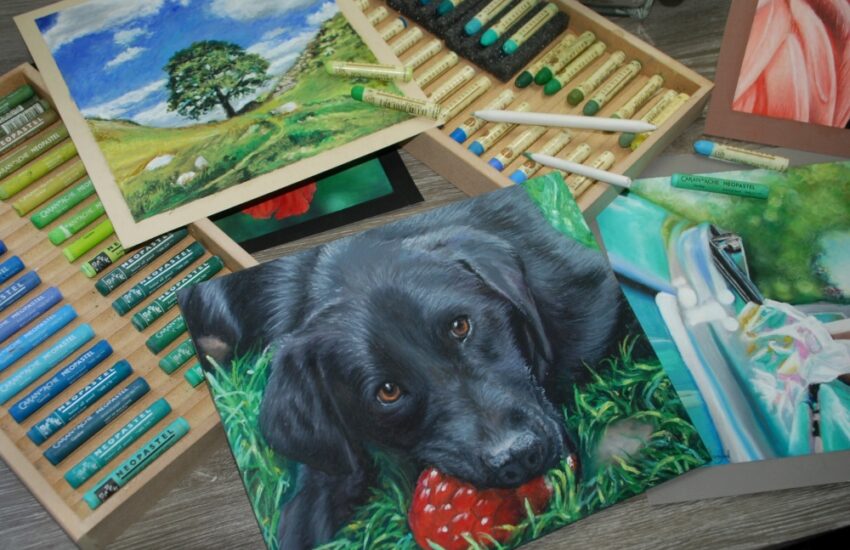


Lovely article, thank you for sharing. I will be on the road for extensive periods and wanted to find a medium I could take with me and thought of pastels. Thanks again.
great tips!! btw – what is the best way to protect soft pastels? what spray do you use?
To preserve soft pastel artworks, we’d recommend using a fixative spray. Applying it in light, even coats in a well-ventilated space following the manufacturer’s instructions will give the best results. This helps protect the piece while allowing further work. Alternatively, framing under glass with a mat that doesn’t touch the surface also ensures long-term protection and display.
I prefer oil pastels, if you will be blending oil pastels, choose the ones that are soft and have a creamy texture. These oil pastels are the ones that have somewhat the same texture and consistency as lipstick. They are soft and creamy but still hard enough that you can use them for drawing.
What brand do you use?
I started with oil pastel but found it rather sketchy and soon moved on to soft pastels. My choice was Windsor and Newton which I am sad to see have been discontinued. I’m 84 and have not painted for a while. I liked to use very heavy unbleached water color paper or alternatively color before use . I have read extensively about Degas methods, I never do the under painting, but do use fixative and work over it again. I don’t like rubbed pastel and like to use vivid colors alongside one another in strokes or dots. I’m curious to know which of the Soft pastels you would recommend as really soft, Rembrandt to me are too hard. I suppose Rowneys are still going.
Hi David, the Unison or Sennelier soft pastels are probably the softest we sell.
https://www.artsupplies.co.uk/colours-unison-soft-pastels.htm
https://www.artsupplies.co.uk/colours-sennelier-soft-pastels-singles.htm
Oil pastels have waxy consistency and don’t easily break or crumble. They are durable, versatile, and great for sketching and producing artistic effects. They render smooth and soft strokes because of its creamy texture.
I enjoyed reading this as it is very informative on the different types of pastels and their uses. I might try pastels again sometime!
I have only done watercolour and decided to have a change.
It is rather bewildering for sure and as I have been ill for several months I am capable of trying most things if I’m sitting down!.
My birthday is in May so I thought I might have a request list for my new hobby.
This is my first visit to the site and need to reread all the advice before I feel more confident to make a start.